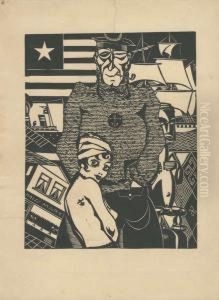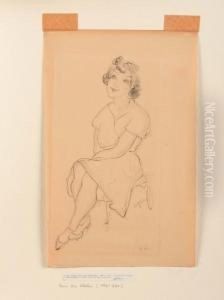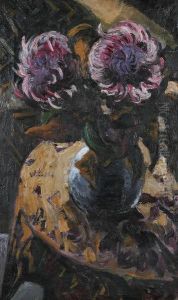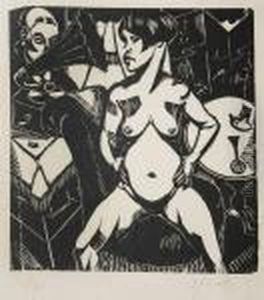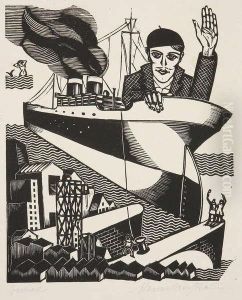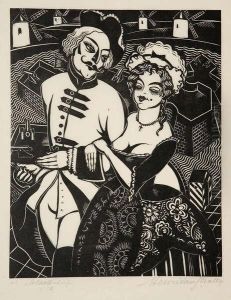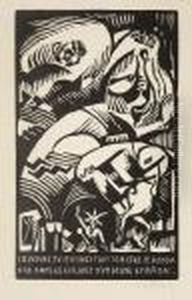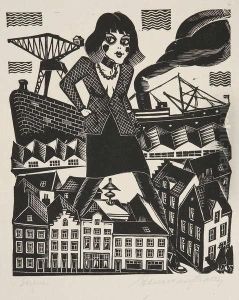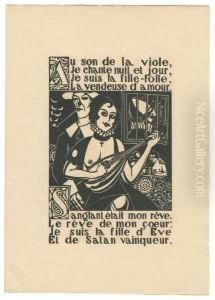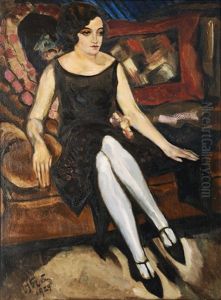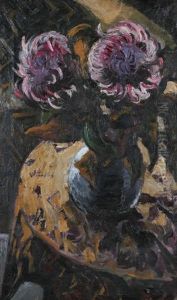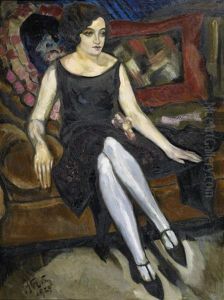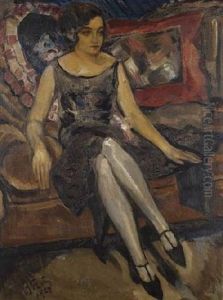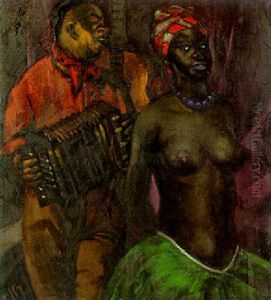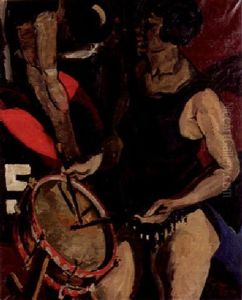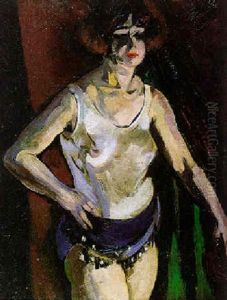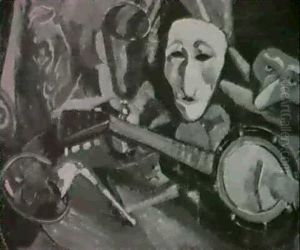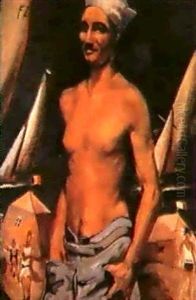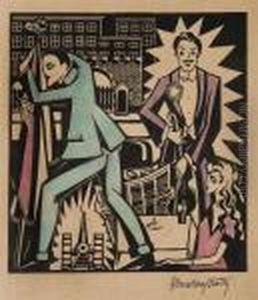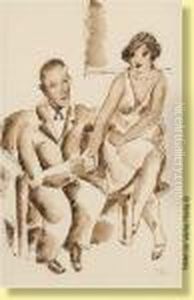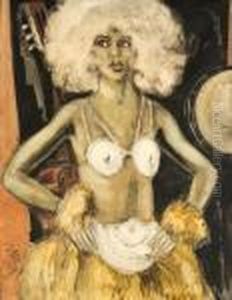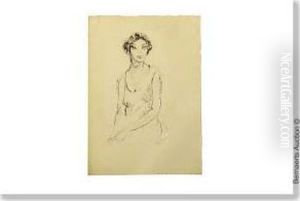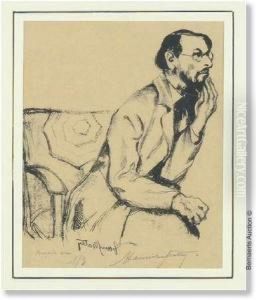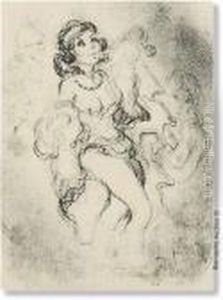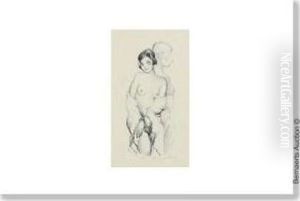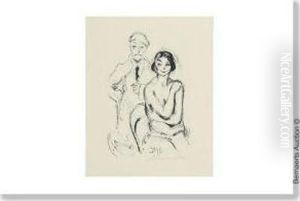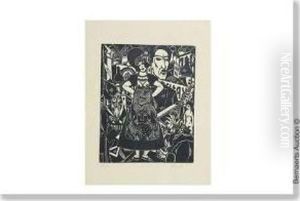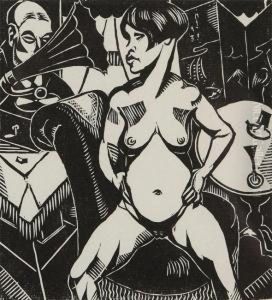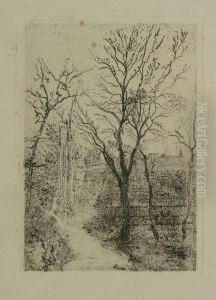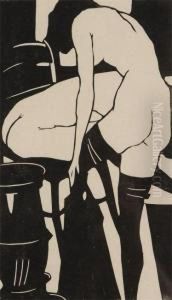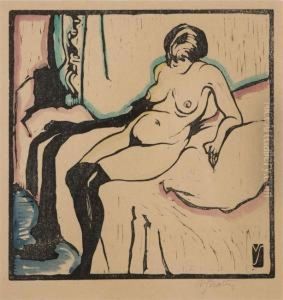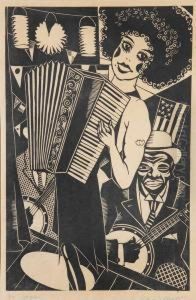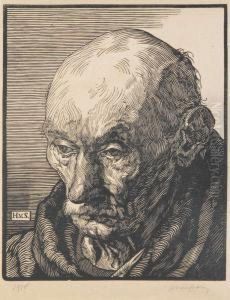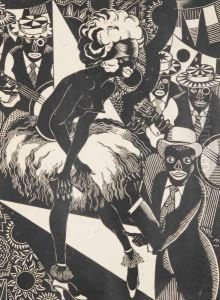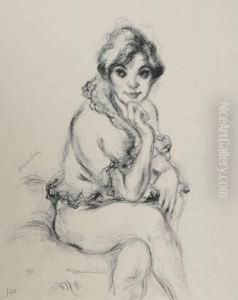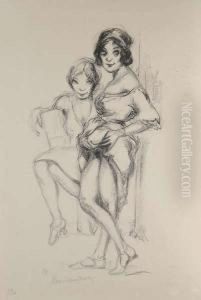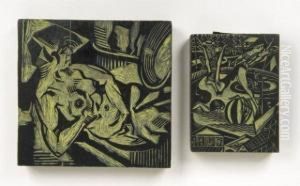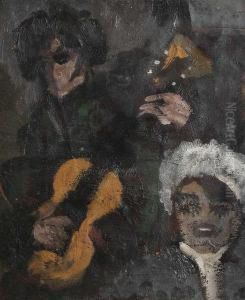Henri Van Straten Paintings
Henri Van Straten was a Belgian graphic artist and wood engraver known for his significant contributions to the Flemish Expressionist movement in the early 20th century. Born on October 28, 1892, in Antwerp, Belgium, he was part of a generation of artists who were exploring new avenues of expression and technique in the arts.
Van Straten's early life was marked by an education that honed his artistic talents. He studied at the Royal Academy of Fine Arts in Antwerp, where he was influenced by the rich artistic heritage of the region. His early works were characterized by a keen attention to detail and a fascination with the interplay of light and shadow, which would become hallmarks of his later engravings.
During the 1920s, Van Straten became deeply involved with the Flemish Expressionist movement, which sought to convey emotional experience over physical reality. His work from this period often depicted urban life, social injustices, and the human condition, themes that resonated with the Expressionist focus on evoking empathy and understanding through art.
Van Straten's skill as a wood engraver grew, and he became renowned for his mastery of the medium. His engravings are notable for their intricate detail, bold contrasts, and the ability to convey texture and depth. He often depicted scenes of daily life, as well as landscapes and portraits, with a strong narrative element.
His artistic career was cut short when he died during World War II, on December 11, 1944. Despite his premature death, Van Straten's work left a lasting impact on the art world, particularly in Belgium. His contributions to the field of graphic arts and his dedication to the craft of wood engraving are still celebrated today.
Henri Van Straten's legacy lives on through his prints and engravings, which are held in collections around the world. He is remembered as a pivotal figure in the Flemish Expressionist movement and as an artist who pushed the boundaries of graphic arts during his time.

